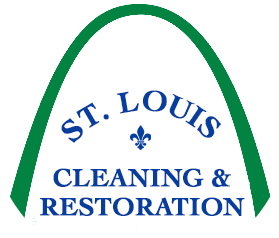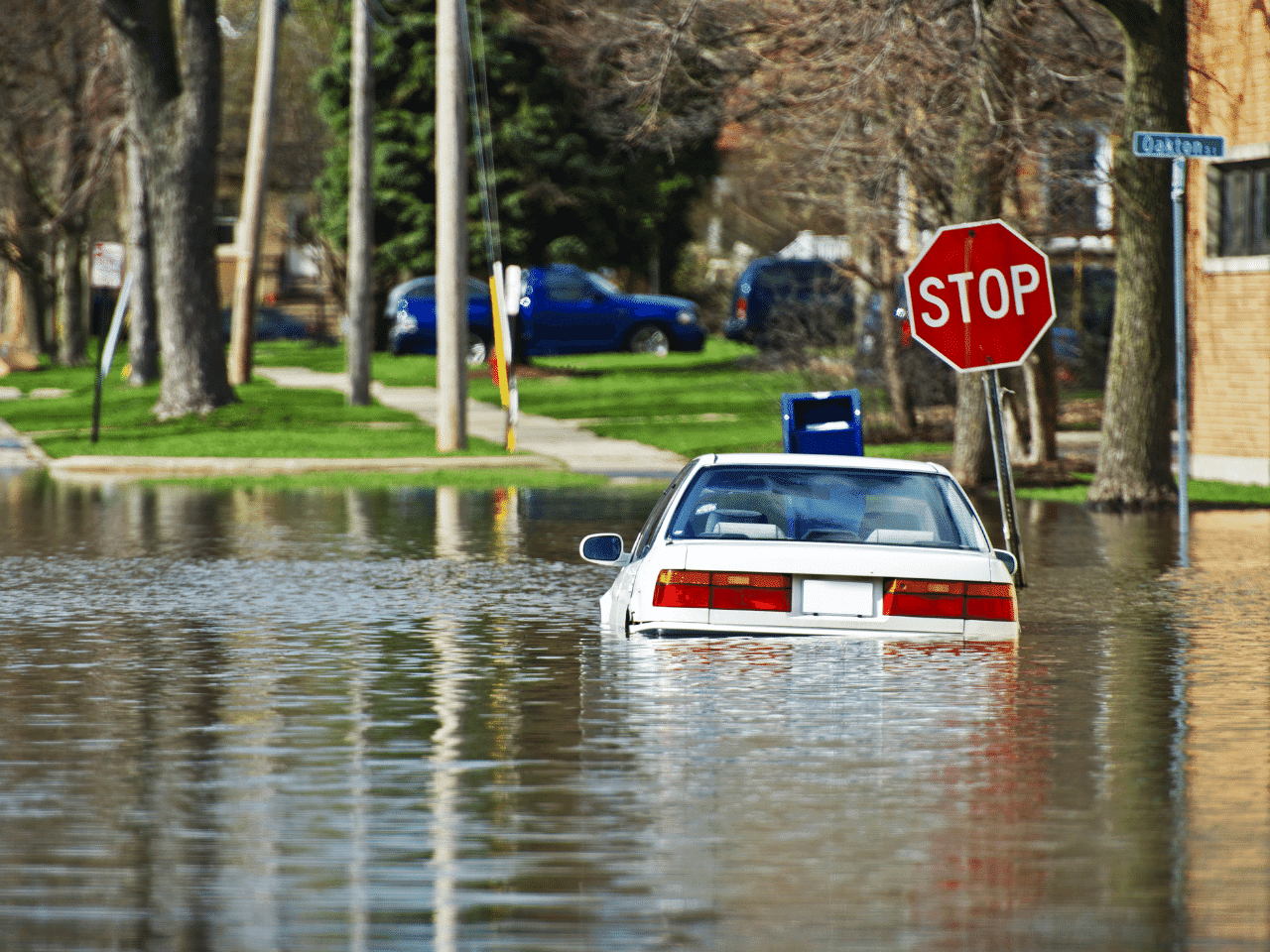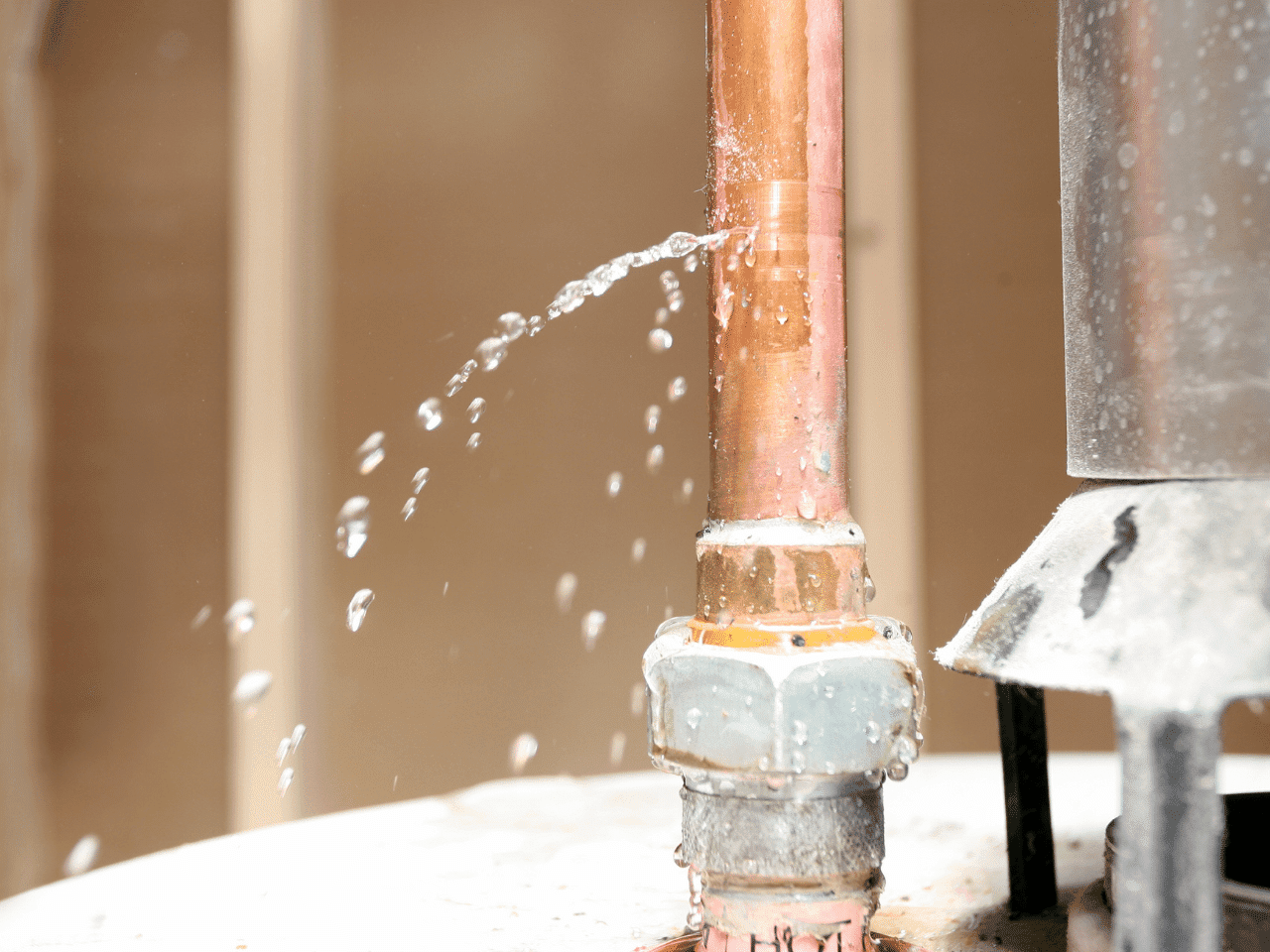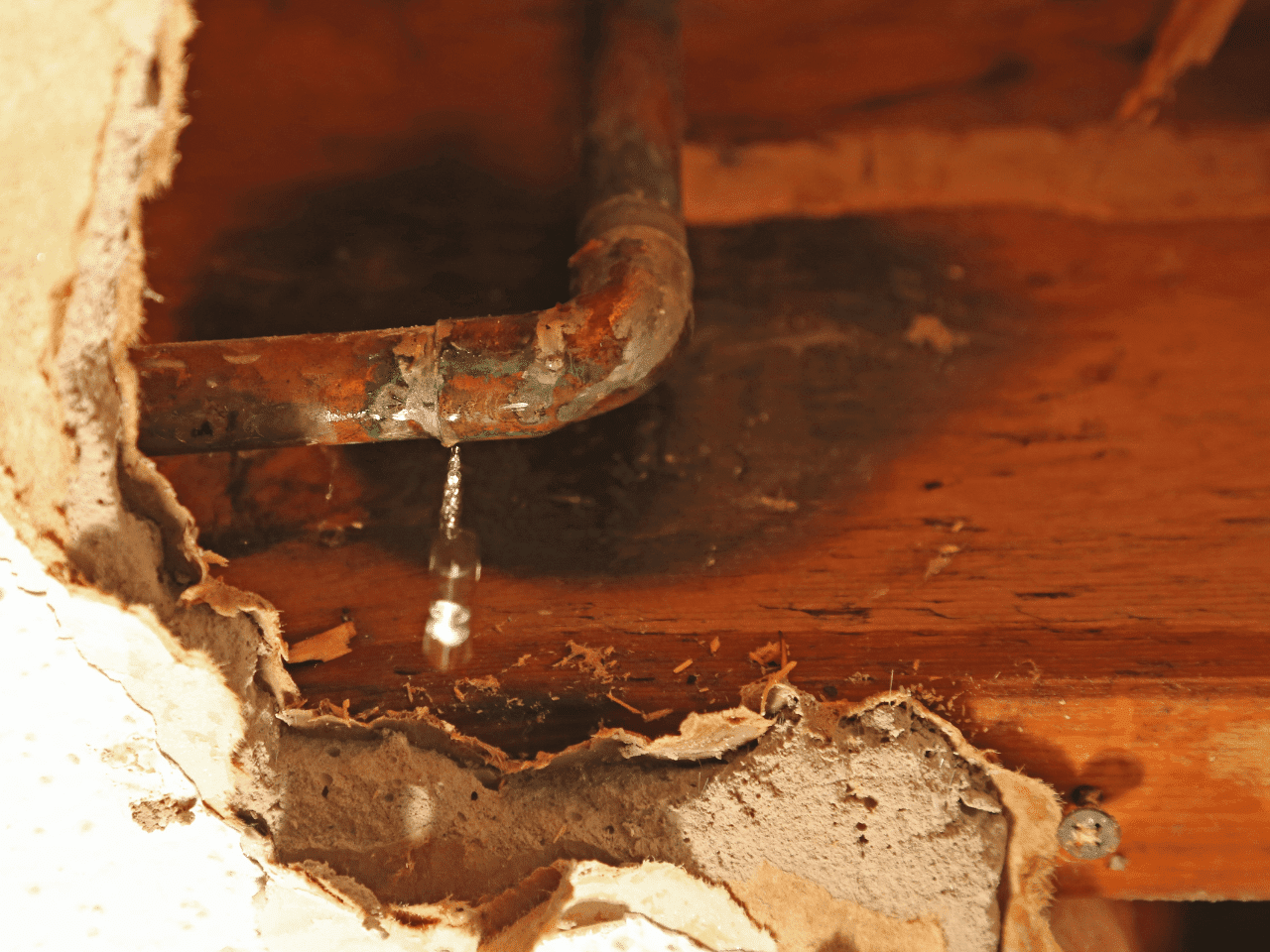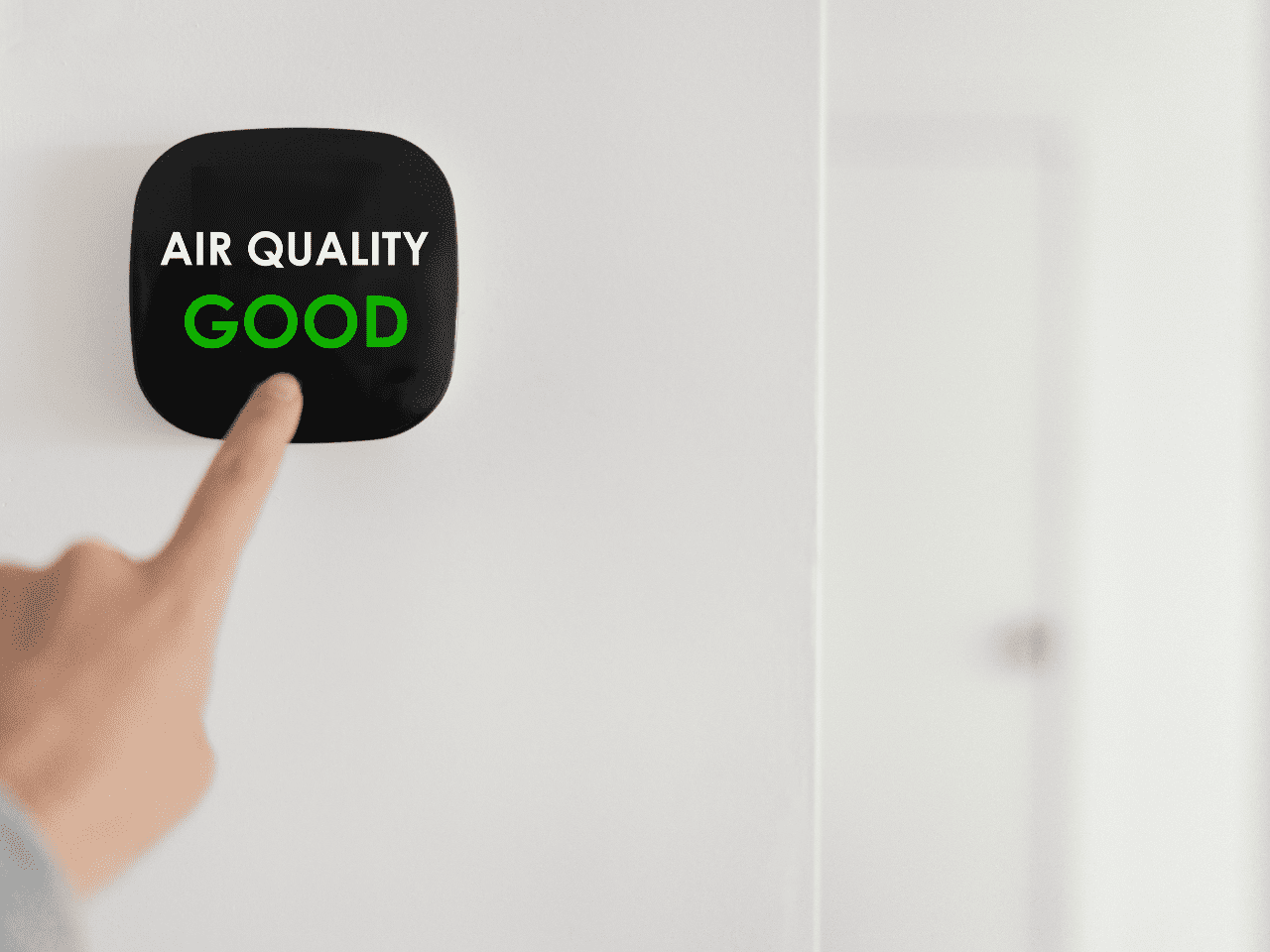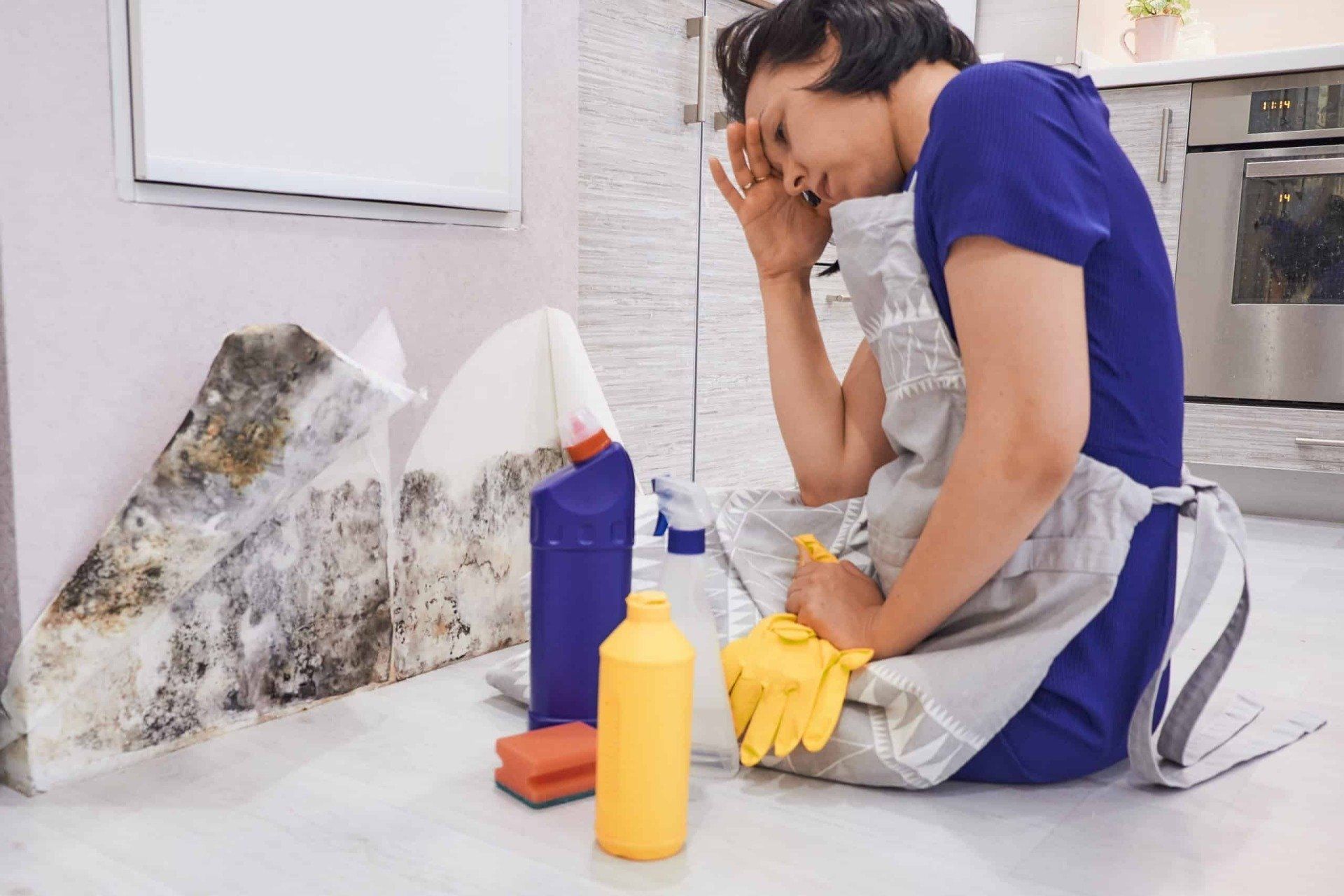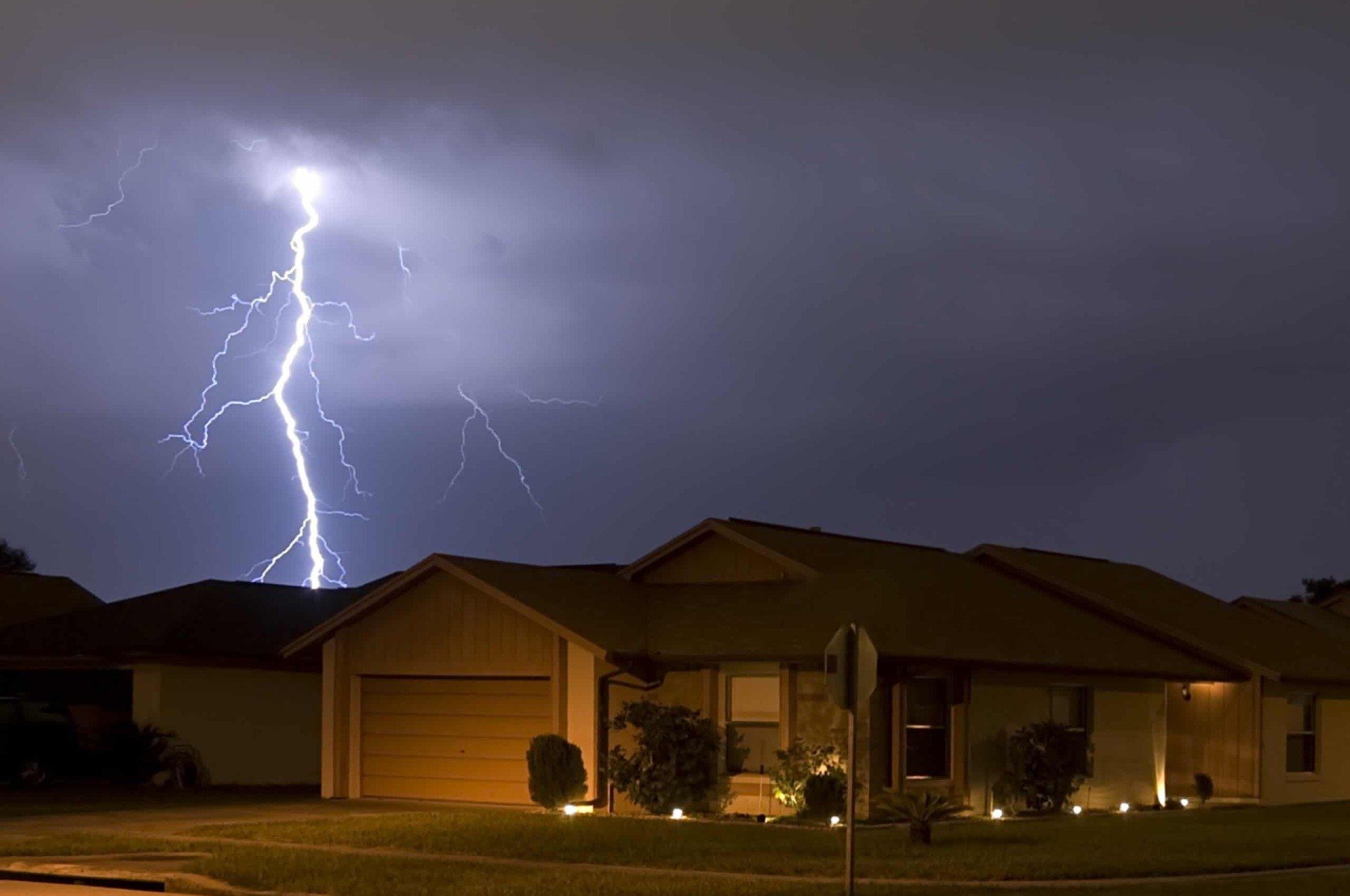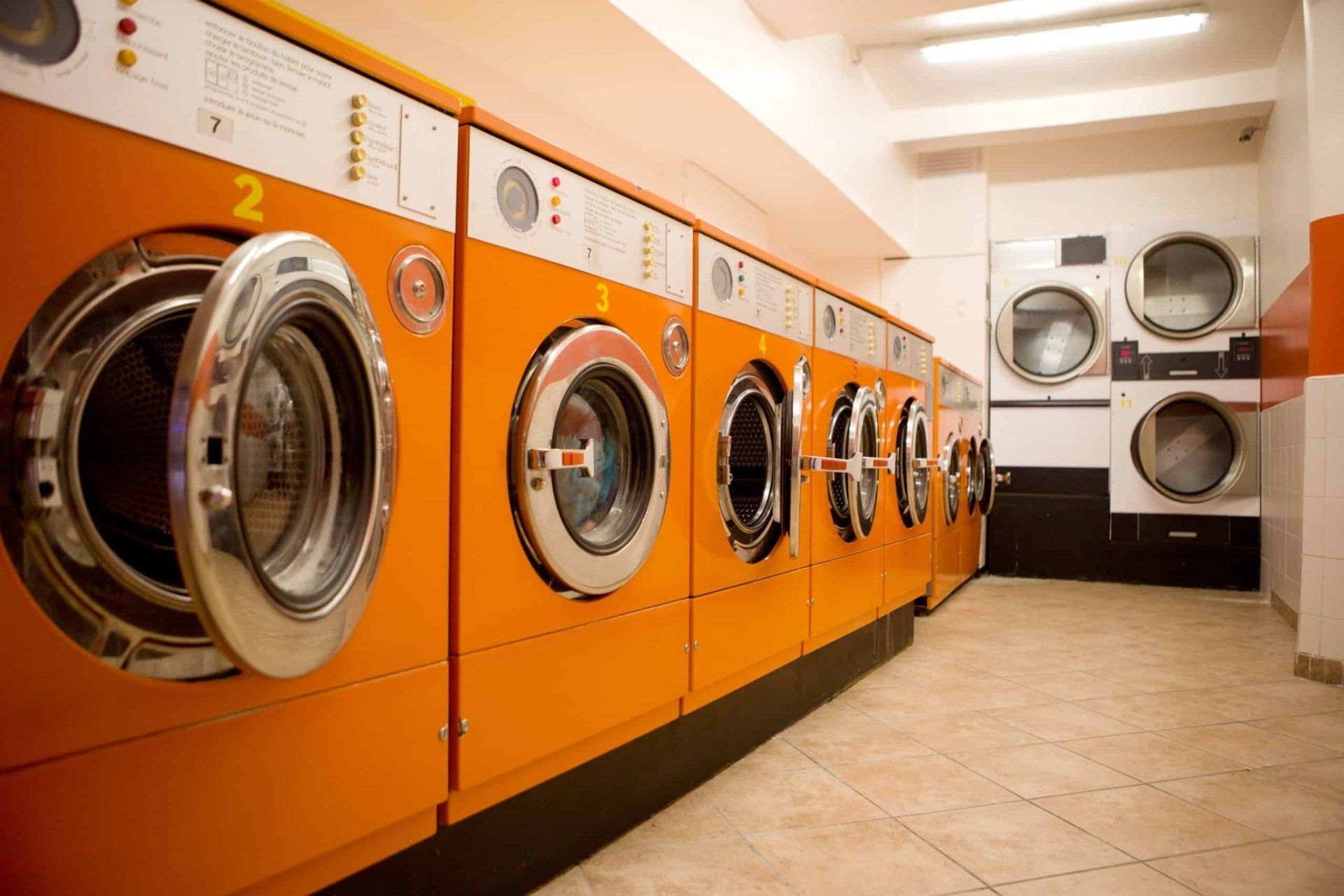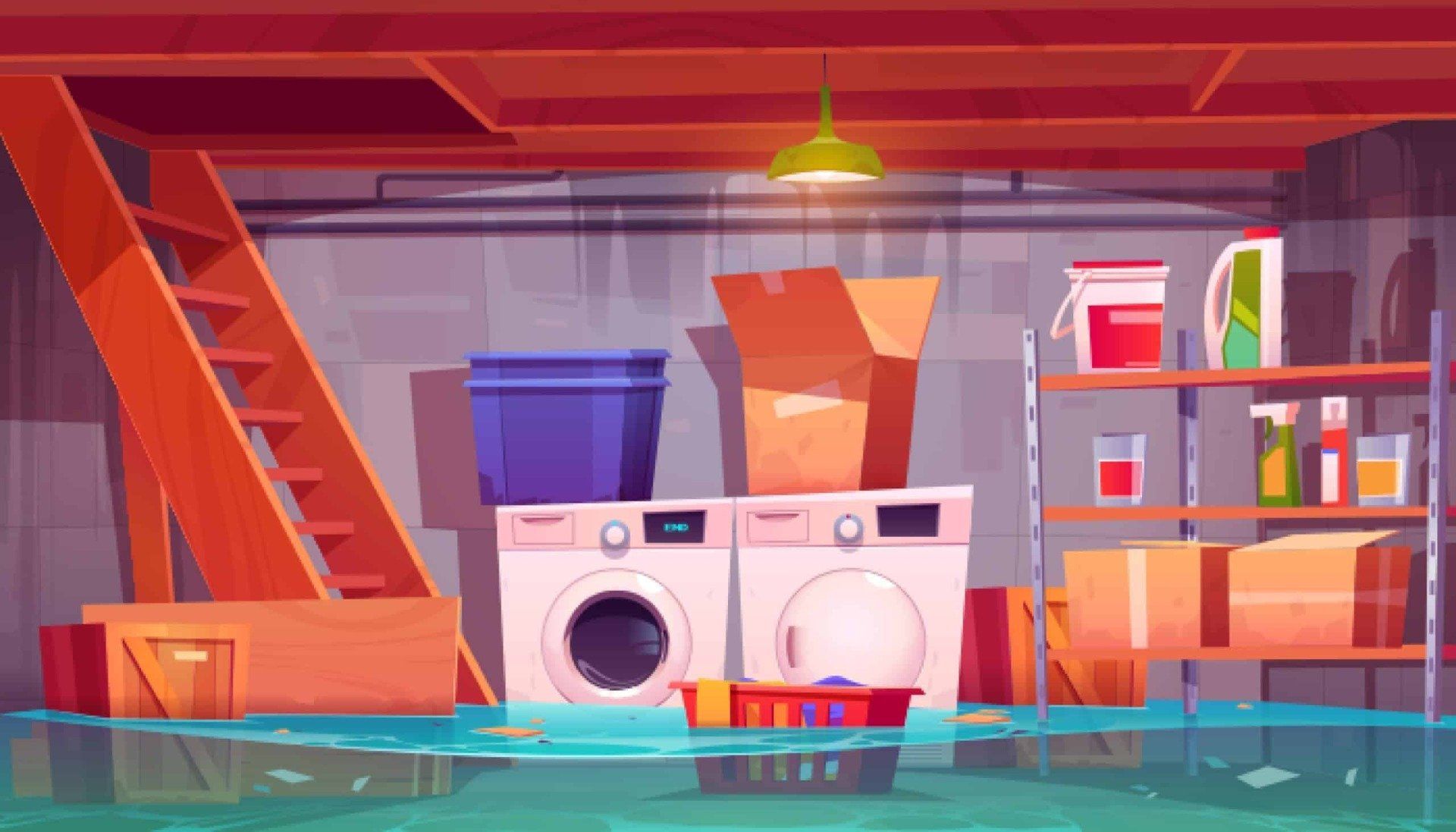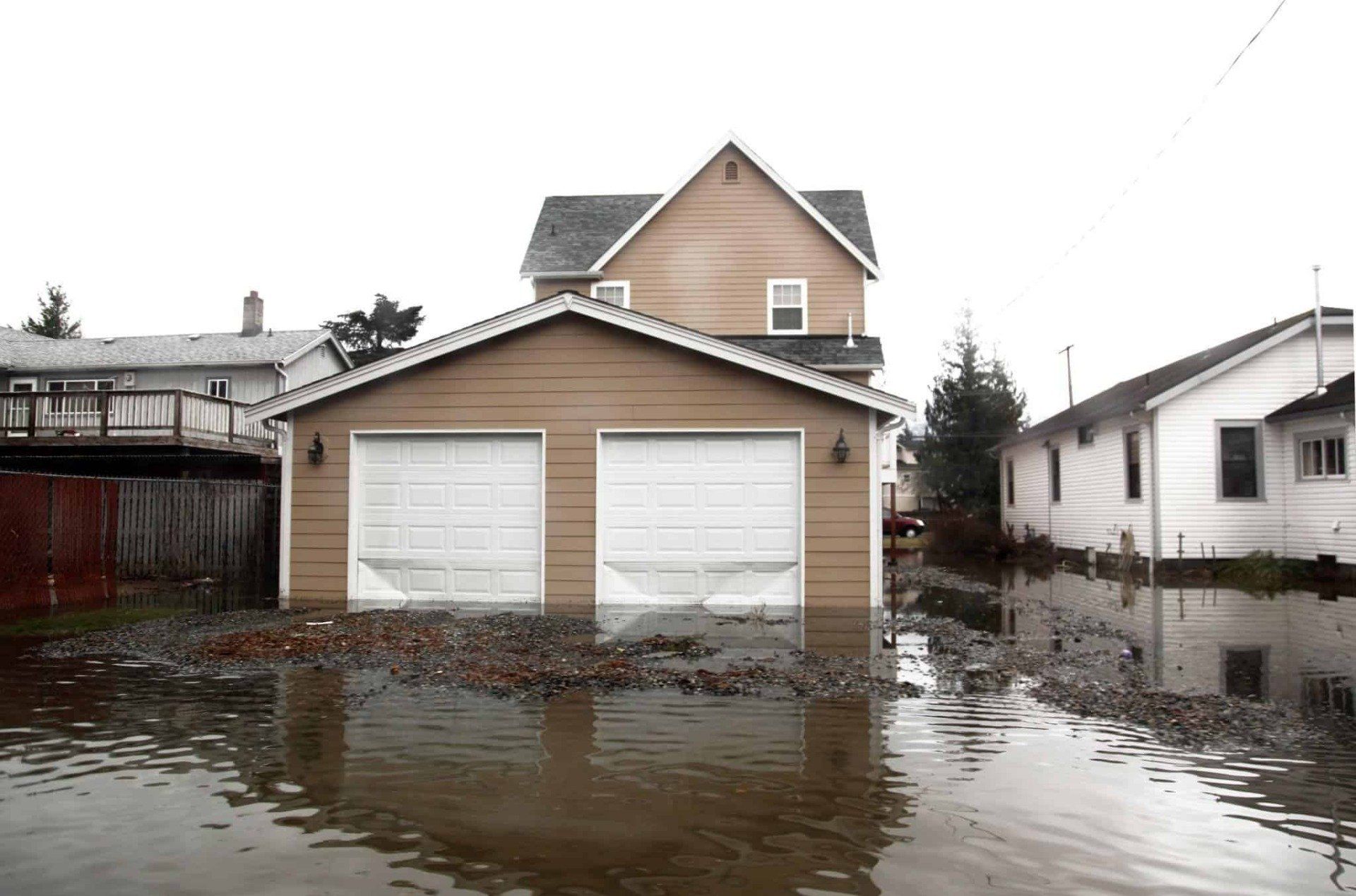DO YOU KNOW WHERE YOUR WATER SHUT-OFF VALVE IS?
Water leaks can happen at any time for a number of reasons. Small or slow leaks may be easier to fix without the water doing much damage. However, a burst pipe, broken appliance hose, or other situation where water can flood your premises quickly–these can cause widespread water damage in just a few minutes. Even a slow leak can become a big problem if no one is home to tend to it.
A few minutes during a flash flood or water invasion can make a big difference in the amount of damage that occurs. It is best to know where the water shut-off is before a catastrophic event so you don’t waste precious time trying to locate it during a crisis.
What and Where Are Water Shut-Off Valves?
There are likely several shut-off valves in your home, with one main water shut-off. If you know where the water leak is and what is causing it, turning off individual water sources can be sufficient. Here are some examples of where you can access the individual water valve shut-offs.
- Toilets. These knobs are located in the wall behind the toilet. They have an oval handle that you can turn off or turn down if you want less water pressure.
- Sinks. The shut-off valves for sinks are underneath the sink on the wall behind the pipes.
- Washing Machine. Most washers have hot and cold water lines attached to spigots behind the machines. Just turn the handles clockwise to close them off and counter-clockwise to turn them back on.
- Water Heater. This shut-off valve is usually just above the water heater.
- Dishwasher. You should have an additional valve under the kitchen sink that connects to the dishwasher. Look for a horizontal pipe coming from the side where the dishwasher is and locate the shut-off valve on that pipe.
- Refrigerator. If your refrigerator has an icemaker or water dispenser, it should have a water line and shut-off valve. They are usually located behind the refrigerator, on the wall, or hidden behind a panel in the refrigerator. If not, they might be connected in the ceiling of your attic or basement, just above or below the appliance.
- Main Shut-off Valve. The location of your main water shut-off valve can vary, depending on the builder, prior homeowners’ modifications, or the type of home. Here are several possible locations:
- Basement or Crawl Space. If your home has a basement or cellar, the shut-off valve is typically located on a wall near the front of the house.
- Garage. If you live in a slab-style house, look in the garage for the water shut-off valve.
- Water Heater. In addition to the water heater shut-off valve, slab homes might have the main water shut-off valve around it as well.
- Outside Water Meter. The main shut-off valve might be located outside near the water meter. If the meter is underground, you may need to call a professional plumber to determine where it is.
How to Turn Off the Water Source
Once you determine the location of the water shut-off valve, it’s usually pretty simple to turn the water off. Just turn the handle or knob to the right (clockwise). Some may have two spigots for cold and hot water, so don’t forget to turn both off.
Main water shut-off valves might require a meter key or you may be able to use a crescent wrench and screwdriver. After turning the main valve off, be sure to release the water pressure from the pipes by running both the cold and hot water lines dry.
The Importance of Knowing Where Your Water Shut-Offs Are
When there’s a catastrophic event, like a flood or burst pipe, it’s best to know ahead of time where to shut off the water. As mentioned earlier in this article, a few minutes can make a huge difference in the amount of water damage that takes place. If you wait for a plumber to come and locate the shut-off valves, the amount of damage could be devastating.
The more water that invades your home, the more it will cost to clean it up. Plus, if water and moisture aren’t completely and quickly dried up, mold can start to grow in as little as 48 hours. That complicates the restoration process, thus increasing the costs of repairs.
You’ve Turned the Water Off – Now What?
When you’ve turned off the water source, you need to clean up the water that’s leaked. If the amount of water is minimal, you can likely do that cleanup yourself with towels and mops. Then, you’ll need to get the appliance repaired or have a plumber remediate the situation.
If the amount of water is considerable, or it’s been standing for over 24 hours, you may want to enlist the help of St. Louis Cleaning and Restoration. We have professional-grade equipment and knowledgeable technicians who can remove all water and dry up moisture before mold starts to grow.
We are available 24/7 for emergencies because time is of the essence when it comes to water damage and mold prevention. Let us help you get back to normal quickly and safely.
Phone:
(314) 428-3600
Email: info@stlcandr.com
Business Hours: Monday - Friday: 8A-5P
Saturday & Sunday: Closed
